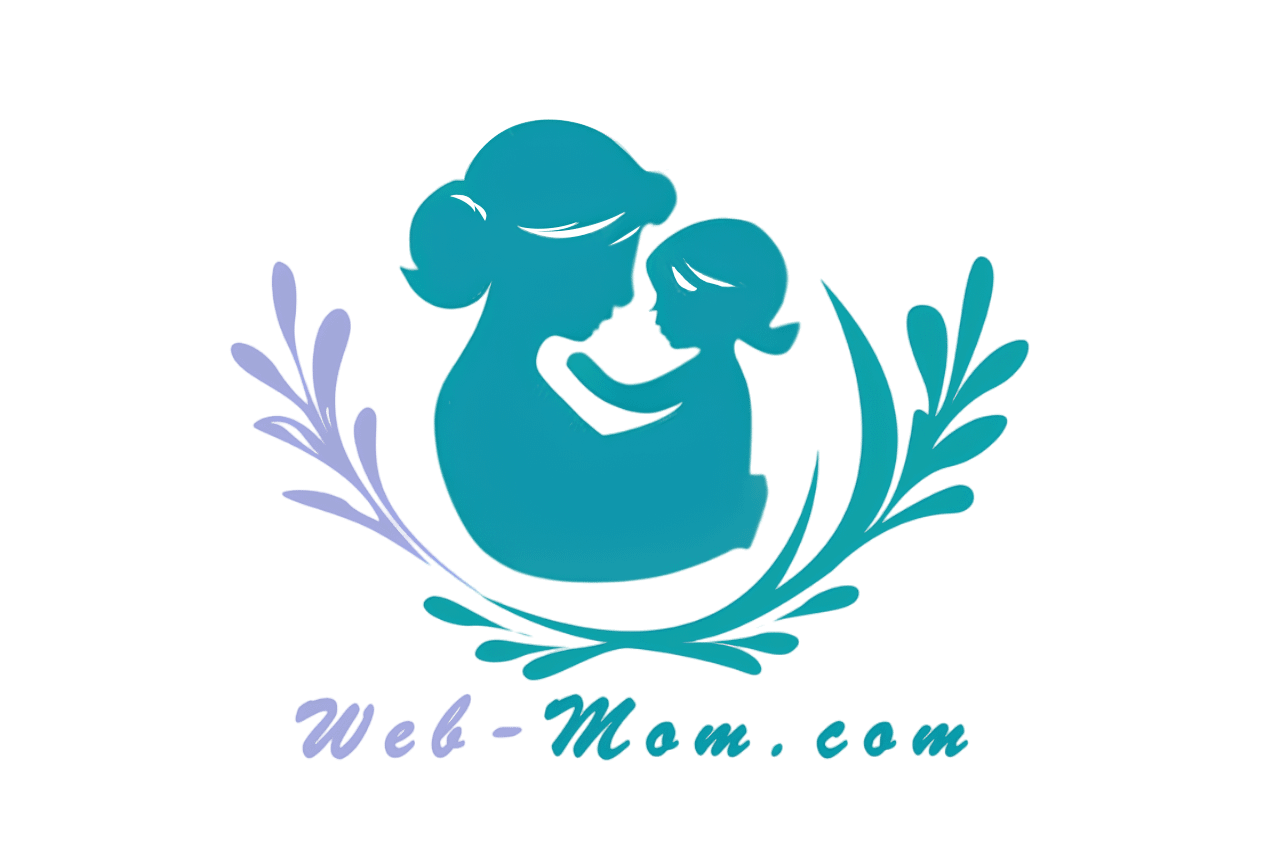
WEB-MOM – Diaper rash is a common concern for many parents and can cause significant discomfort for babies. At Web-Mom.com, we understand the importance of keeping your baby comfortable and healthy. This comprehensive guide provides practical tips and strategies to help you effectively treat and prevent diaper rash in your baby.
“Discover essential tips for treating diaper rash in your baby on Web-Mom.com. Learn how to identify, treat, and prevent diaper rash with confidence and care.”
In this article, we will cover the causes of diaper rash, identifying symptoms, effective treatments, prevention strategies, and when to seek medical advice.
Understanding Diaper Rash
What is Diaper Rash?
Diaper rash is a form of dermatitis that appears as inflamed skin in the diaper area. Here’s what you need to know:
- Inflammation: The rash appears as red, inflamed patches on your baby’s bottom, genital area, and thighs.
- Common: It is a common condition, affecting up to 35% of babies at some point.
- Discomfort: Diaper rash can cause discomfort and irritability in your baby, making treatment essential.
Causes of Diaper Rash
Several factors can contribute to diaper rash. Here are the most common causes:
- Prolonged Wetness: Prolonged exposure to urine and feces can irritate your baby’s sensitive skin.
- Friction: Diapers that are too tight or rub against the skin can cause friction and irritation.
- Infection: Bacterial or yeast infections can develop in the warm, moist diaper area.
- Allergic Reaction: Sensitivity to diapers, wipes, or creams can cause an allergic reaction.
- Introduction of New Foods: Introducing new foods can change the composition of your baby’s stool, leading to diaper rash.
Identifying Diaper Rash
Symptoms of Diaper Rash
Recognizing the symptoms of diaper rash is the first step in treating it. Here’s what to look for:
- Redness: Red, inflamed skin in the diaper area.
- Swelling: Swelling or puffiness in the affected area.
- Blisters or Bumps: Small blisters, pimples, or raised bumps on the skin.
- Tenderness: Skin that is tender or sensitive to the touch.
- Irritability: Increased fussiness or crying, especially during diaper changes.
Types of Diaper Rash
Understanding the type of diaper rash can help determine the best treatment. Here are the common types:
- Irritant Diaper Dermatitis: Caused by prolonged exposure to urine and feces, resulting in red, inflamed skin.
- Yeast Diaper Rash: Caused by an overgrowth of yeast (Candida) and appears as bright red patches with defined edges and possibly small red bumps.
- Allergic Reaction: Caused by an allergic reaction to diapers, wipes, or creams, resulting in red, inflamed skin with a rash that spreads beyond the diaper area.
Effective Treatments for Diaper Rash
Home Remedies
Many mild cases of diaper rash can be treated at home. Here are some effective home remedies:
- Frequent Diaper Changes: Change your baby’s diaper frequently to keep the skin dry and clean.
- Air Time: Allow your baby to have diaper-free time to let the skin breathe and heal.
- Gentle Cleaning: Use warm water and a soft cloth to gently clean the diaper area. Avoid using wipes with alcohol or fragrances.
- Barrier Creams: Apply a thick layer of barrier cream or ointment, such as zinc oxide or petroleum jelly, to protect the skin from moisture.
- Oatmeal Baths: Add oatmeal to your baby’s bathwater to soothe and reduce inflammation.
Over-the-Counter Treatments
Over-the-counter treatments can be effective for more severe cases of diaper rash. Here are some options:
- Antifungal Creams: For yeast diaper rash, use an over-the-counter antifungal cream, such as clotrimazole or miconazole, as directed.
- Hydrocortisone Cream: A mild hydrocortisone cream can help reduce inflammation and itching. Use only as directed and for a short duration.
- Medicated Powders: Use medicated powders, such as those containing zinc oxide, to keep the diaper area dry.
Prescription Treatments
For persistent or severe diaper rash, your pediatrician may recommend prescription treatments. Here’s what to consider:
- Prescription Antifungal Creams: For severe yeast diaper rash, a stronger prescription antifungal cream may be necessary.
- Topical Antibiotics: If a bacterial infection is present, your doctor may prescribe a topical antibiotic cream.
- Stronger Steroid Creams: For severe inflammation, a stronger prescription steroid cream may be recommended. Use only under the guidance of your pediatrician.
Preventing Diaper Rash
Diapering Tips
Following good diapering practices can help prevent diaper rash. Here’s what to do:
- Frequent Changes: Change your baby’s diaper frequently, especially after they’ve had a bowel movement.
- Proper Fit: Ensure the diaper fits properly—not too tight to avoid friction and not too loose to prevent leaks.
- Diaper-Free Time: Allow your baby to spend time without a diaper each day to let the skin breathe.
- Gentle Products: Use diapers, wipes, and creams that are free from fragrances, dyes, and harsh chemicals.
Skincare Tips
Proper skincare can help prevent diaper rash. Here are some tips:
- Barrier Creams: Apply a thin layer of barrier cream or ointment during each diaper change to protect the skin.
- Pat Dry: After cleaning the diaper area, gently pat the skin dry with a soft cloth—avoid rubbing.
- Avoid Talcum Powder: Avoid using talcum powder, as it can irritate your baby’s lungs if inhaled.
Dietary Considerations
Certain foods can contribute to diaper rash, especially when introducing new foods. Here’s what to consider:
- Monitor Reactions: When introducing new foods, monitor your baby’s skin for any signs of rash.
- Stay Hydrated: Ensure your baby is well-hydrated to help maintain healthy skin.
- Balanced Diet: Provide a balanced diet rich in fruits, vegetables, and whole grains to support overall health.
When to Seek Medical Advice
Persistent Rash
If the diaper rash persists despite home treatment, seek medical advice. Here’s when to call your pediatrician:
- No Improvement: If there is no improvement after a few days of home treatment.
- Worsening Symptoms: If the rash worsens or spreads beyond the diaper area.
- Severe Symptoms: If your baby has severe symptoms, such as blisters, open sores, or bleeding.
Signs of Infection
Seek medical advice if you notice signs of infection. Here’s what to look for:
- Fever: If your baby develops a fever.
- Pus or Discharge: If you see pus or yellow discharge from the rash area.
- Red Streaks: If there are red streaks spreading from the rash.
Building a Diaper Rash Care Routine
Consistency
Establishing a consistent diaper rash care routine helps keep your baby’s skin healthy. Here’s how:
- Regular Changes: Make diaper changes part of your daily routine to prevent prolonged exposure to wetness.
- Skincare Products: Use the same gentle skincare products consistently to avoid irritation from new products.
- Observe and Adjust: Regularly observe your baby’s skin and adjust your routine as needed to address any changes.
Keeping a Diaper Rash Diary
Keeping a diary can help identify triggers and track treatment effectiveness. Here’s how:
- Document Changes: Note the date and time of diaper changes, along with any observations about your baby’s skin.
- Track Foods: Record new foods introduced and any reactions to monitor for dietary triggers.
- Monitor Treatments: Keep track of treatments used and their effectiveness in managing the rash.
Supporting Your Baby’s Comfort
Soothing Techniques
Soothing techniques can help keep your baby comfortable during diaper rash treatment. Here’s what to try:
- Warm Baths: Give your baby warm baths with added oatmeal to soothe the skin.
- Soft Fabrics: Dress your baby in soft, breathable fabrics to reduce friction and irritation.
- Distraction: Use toys, music, or gentle rocking to distract and comfort your baby during diaper changes.
Emotional Support
Providing emotional support can help both you and your baby during this time. Here’s how:
- Stay Calm: Stay calm and patient during diaper changes to keep your baby relaxed.
- Gentle Touch: Use gentle touch and soothing words to comfort your baby.
- Parental Support: Seek support from other parents or parenting groups for advice and encouragement.
Conclusion
Treating and preventing diaper rash is an essential part of caring for your baby. At Web-Mom.com, we hope this comprehensive guide provides you with the tips and strategies needed to keep your baby’s skin healthy and comfortable.
By understanding the causes and symptoms of diaper rash, following effective treatment methods, and implementing preventive measures, you can ensure your baby remains happy and rash-free. Remember, every baby is unique, and it’s important to tailor your approach to your baby’s specific needs.
Thank you for visiting Web-Mom.com. We hope you find our articles helpful and inspiring as you navigate the joys and challenges of parenthood.

Web-Mom.com is a small blog, where you can find information to be a better parents. From parent to parents 🙂
Site Links
About Web-Mom
We always thinking, what will other parents do? How can they do it? So here we are, writing article from parents around the world. We know, you know.
Copyright 2024 web-mom.com


